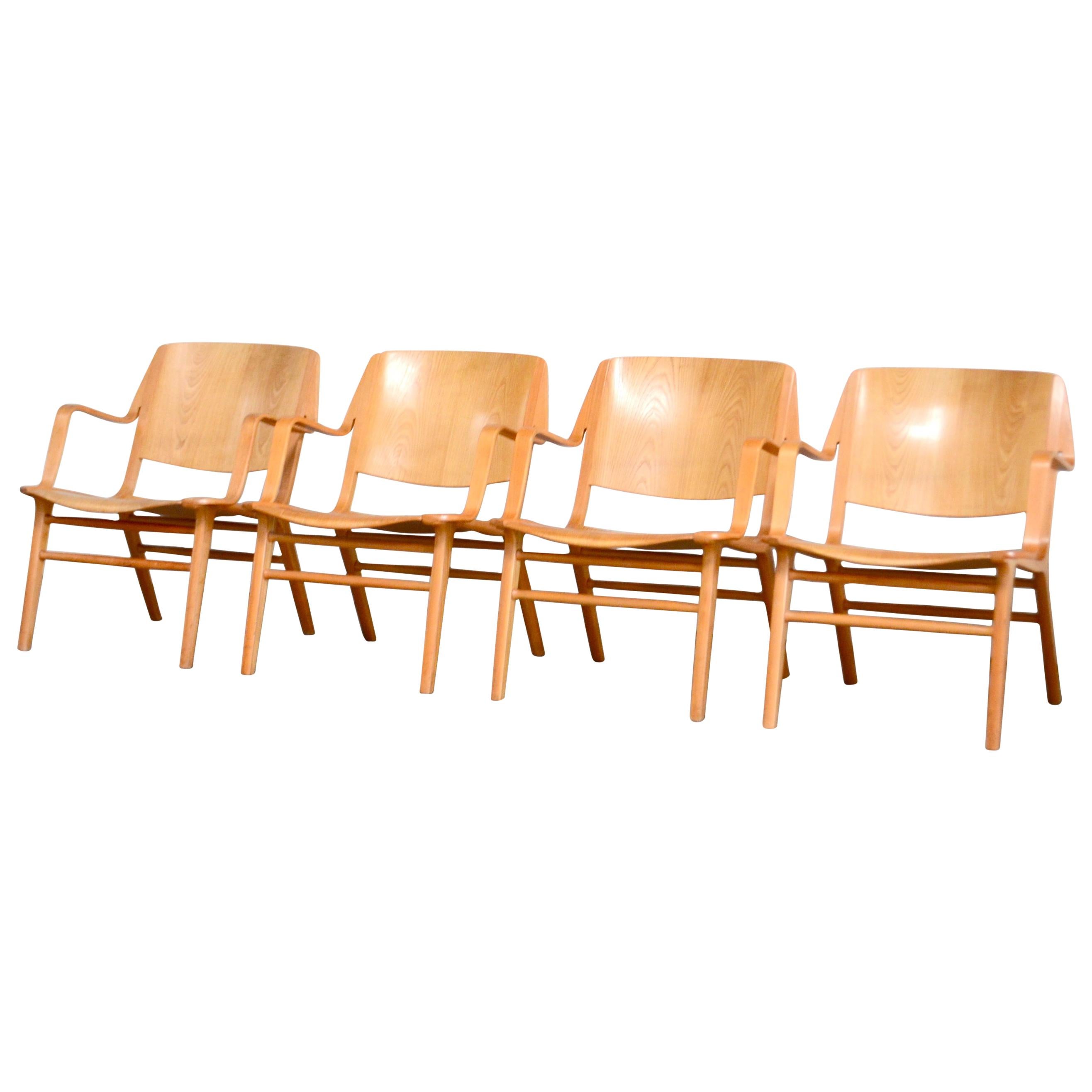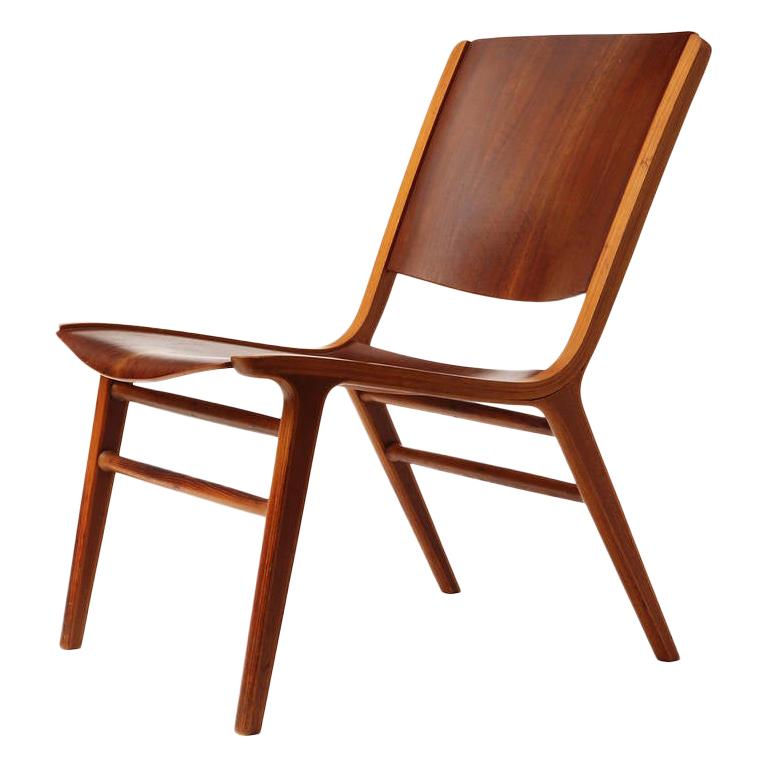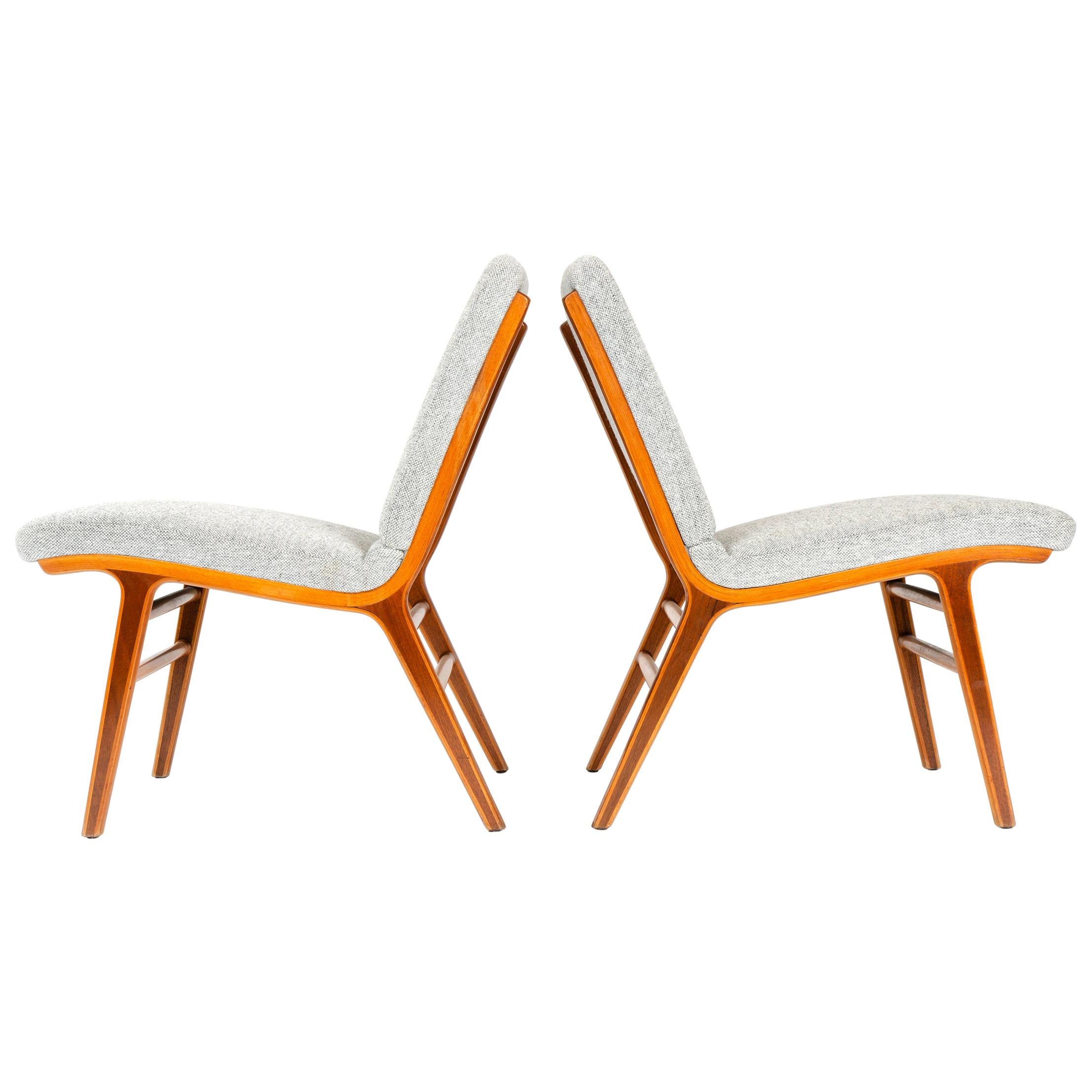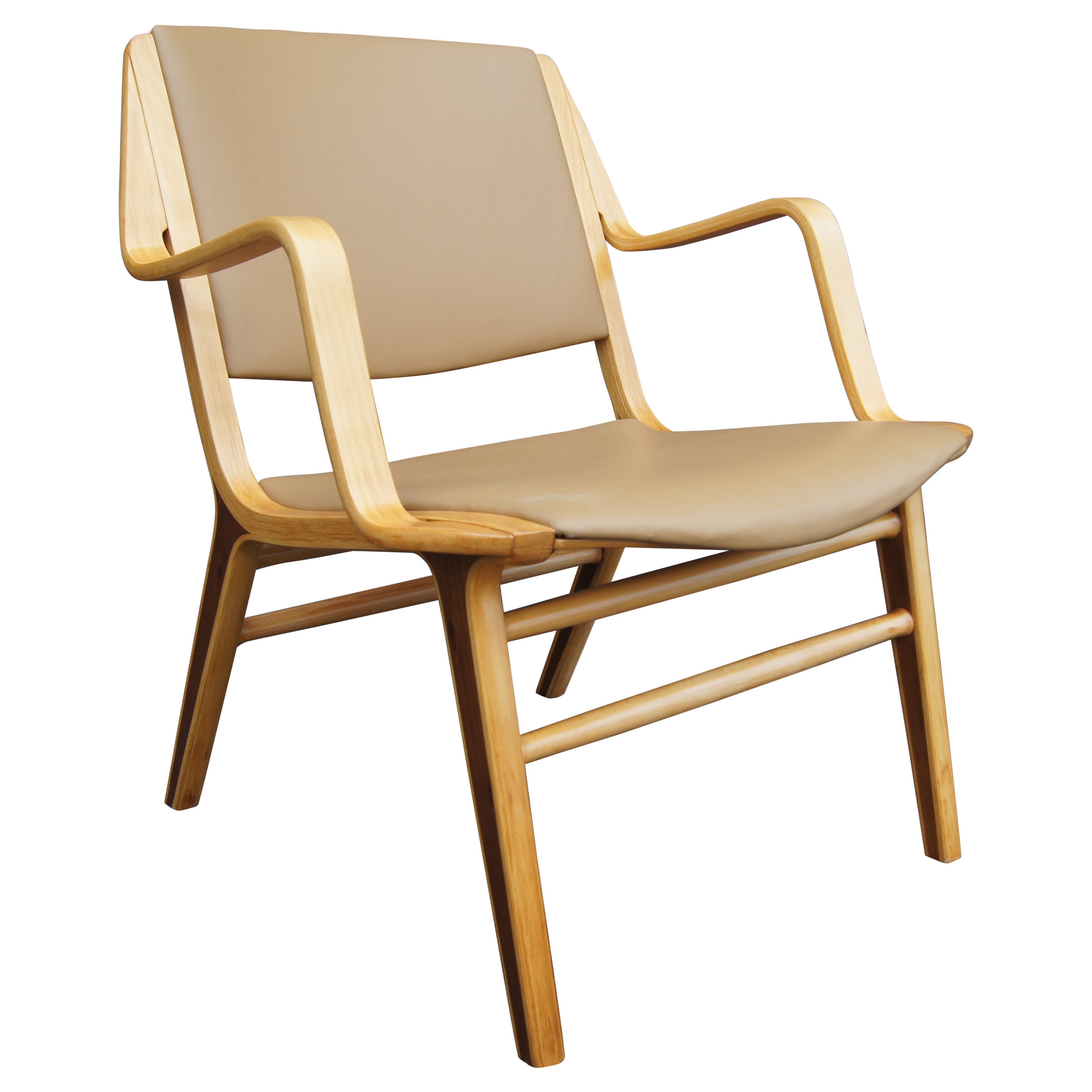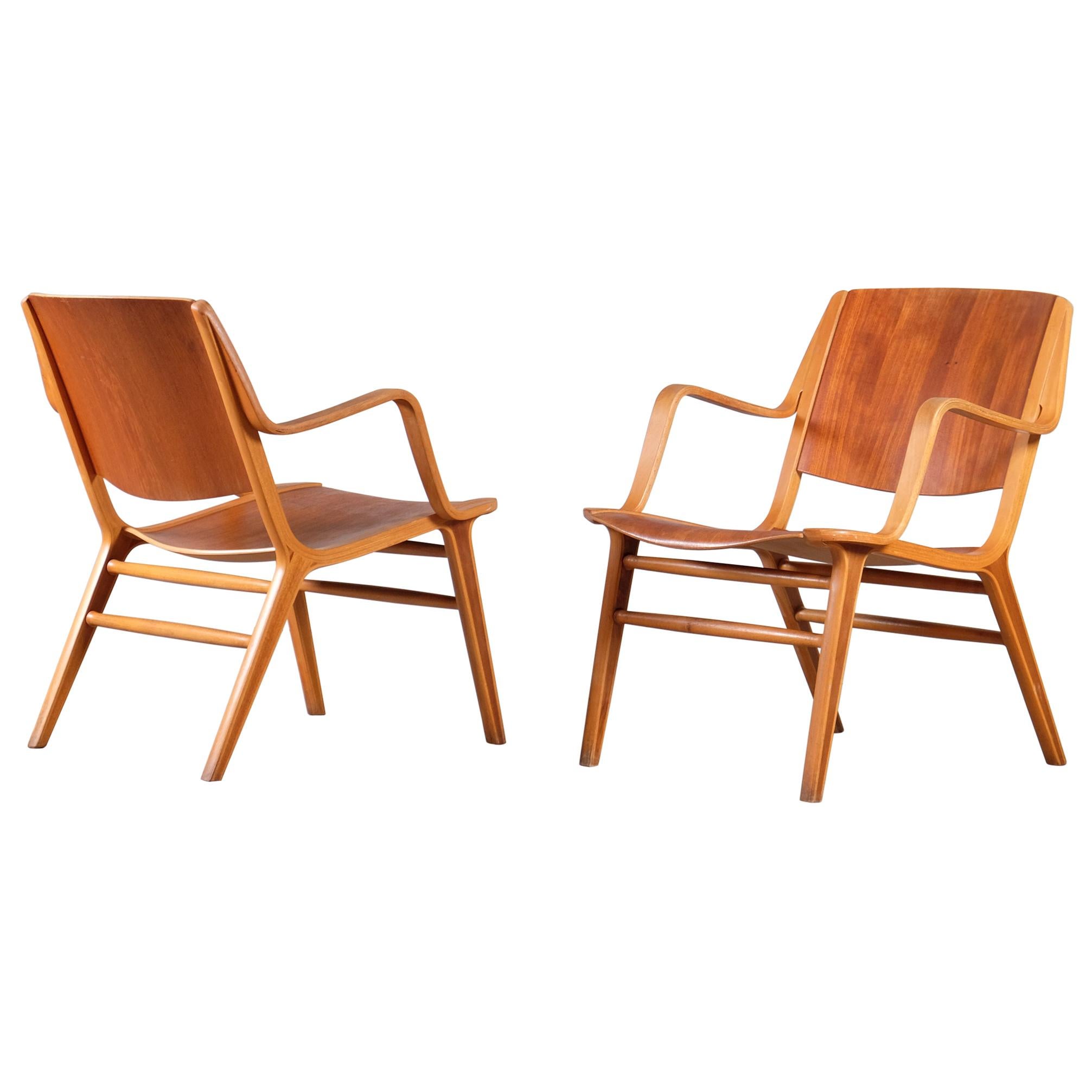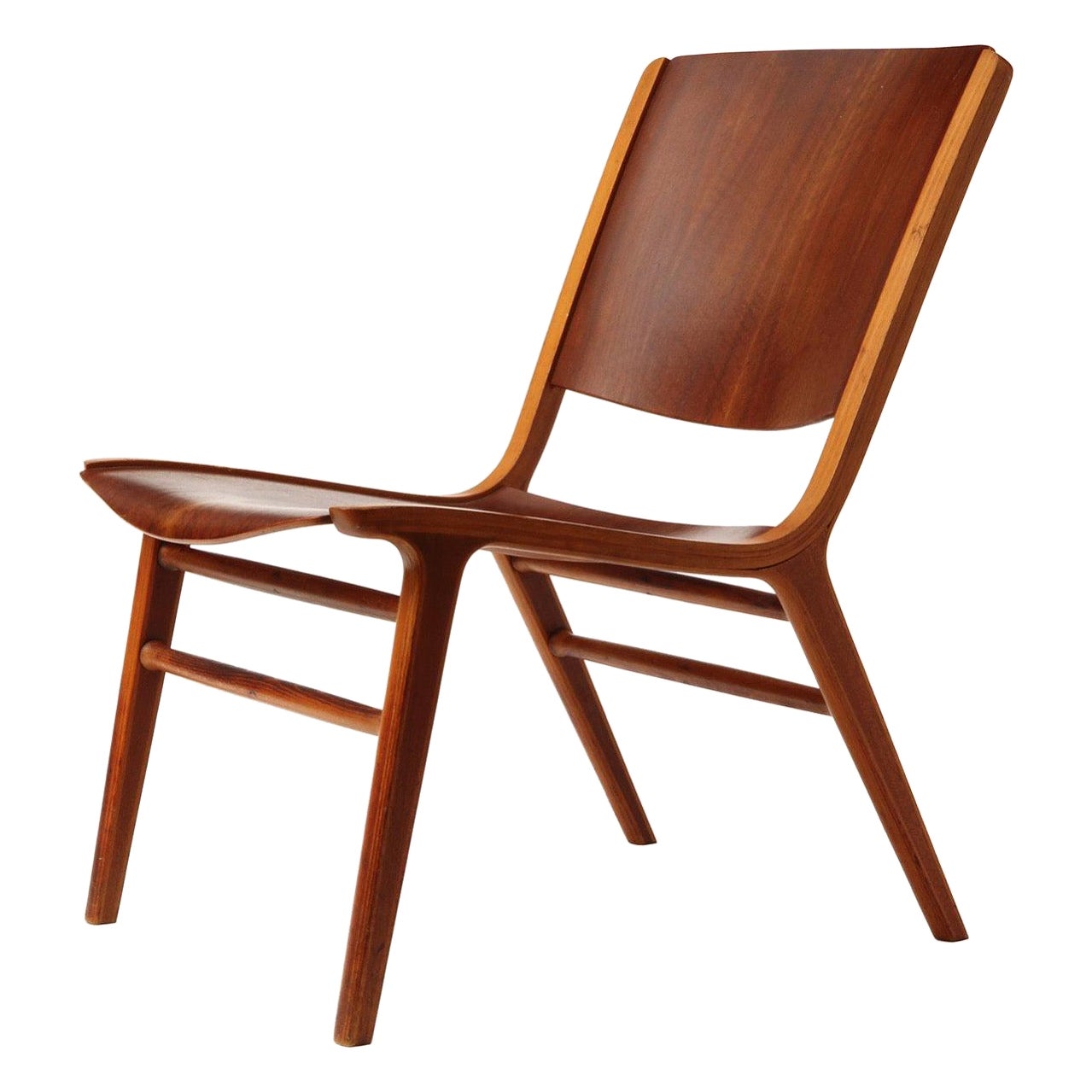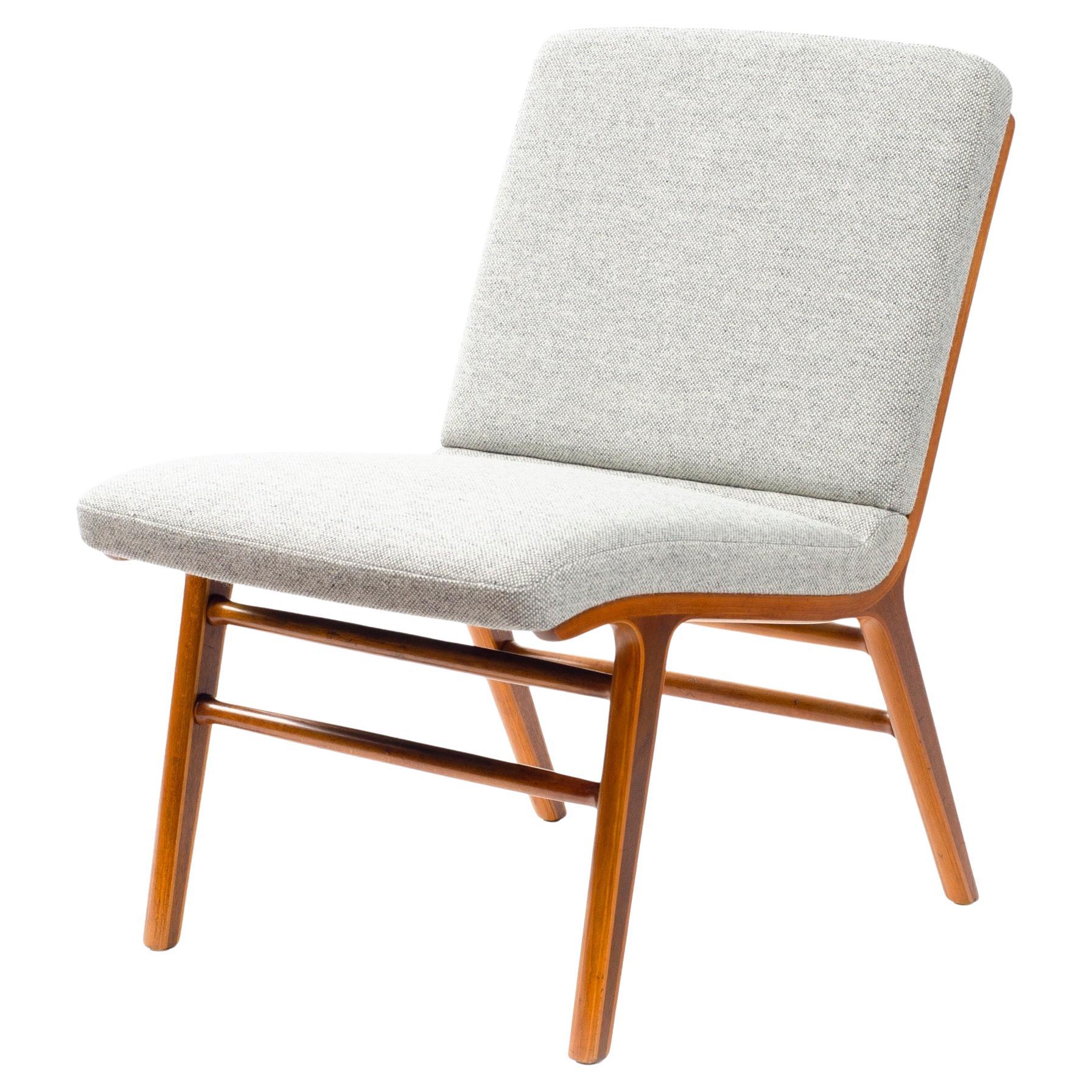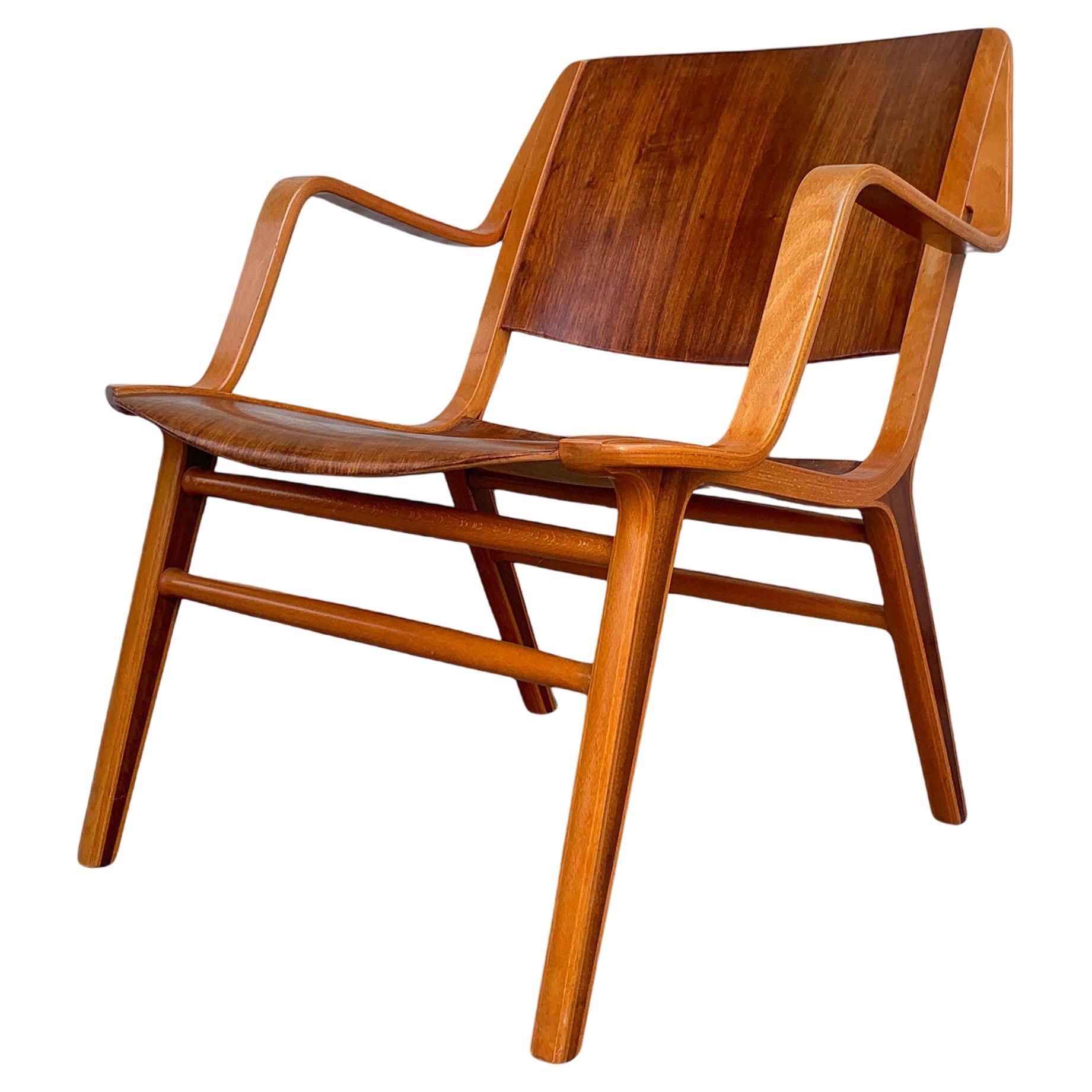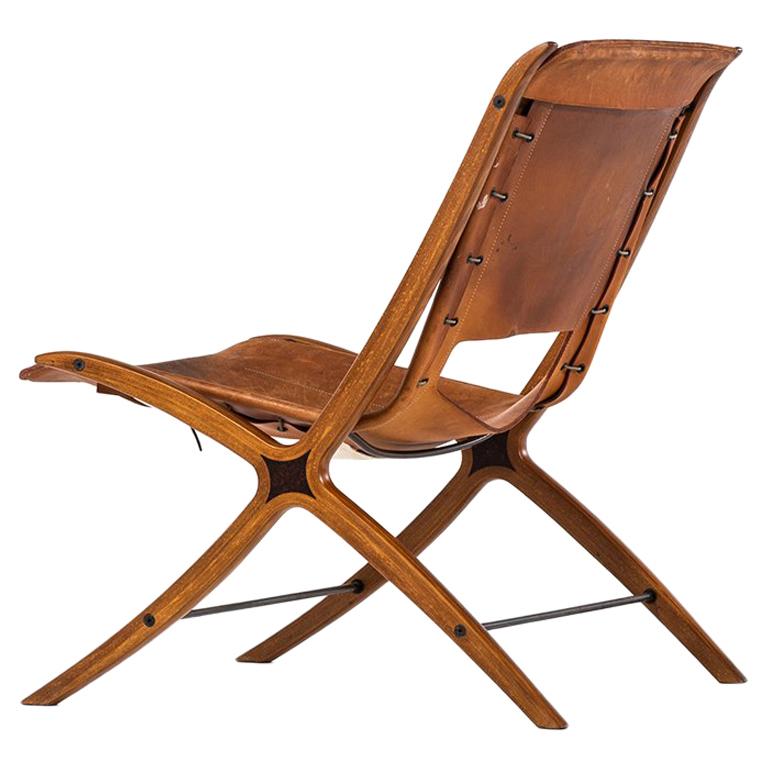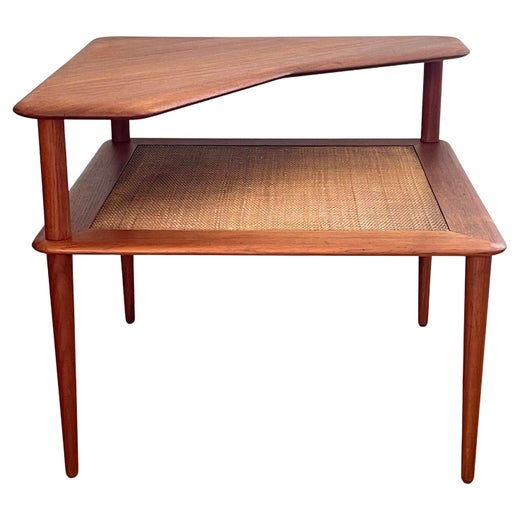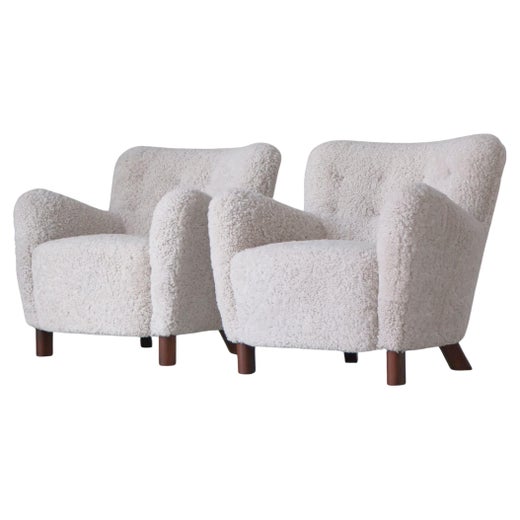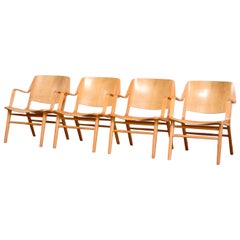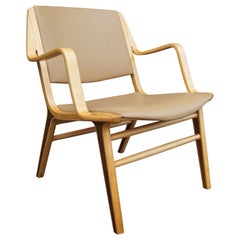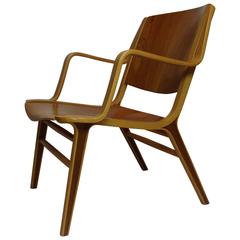
1950s Ax Chair Designed by Peter Hvidt & Orla Molgaard-Nielsen for Fritz Hansen
View Similar Items
1950s Ax Chair Designed by Peter Hvidt & Orla Molgaard-Nielsen for Fritz Hansen
About the Item
- Creator:Fritz Hansen (Maker),Hvidt & Mølgaard (Designer)
- Dimensions:Height: 30 in (76.2 cm)Width: 23.5 in (59.69 cm)Depth: 25 in (63.5 cm)Seat Height: 15.25 in (38.74 cm)
- Style:Scandinavian Modern (Of the Period)
- Materials and Techniques:
- Place of Origin:
- Period:
- Date of Manufacture:1950s
- Condition:Wear consistent with age and use. Minor losses. this arm chair is mostly scratched in the seat area ( you could refinish if you wish) but overall the chair is in very good vintage condition with normal wear.
- Seller Location:Victoria, CA
- Reference Number:1stDibs: LU121123816712
Hvidt & Mølgaard
Warm, exceptionally versatile and crafted with a range of appealing materials, vintage Peter Hvidt and Orla Mølgaard-Nielsen furniture showcases the Danish duo’s penchant for innovation and durable design. For decades, the pair created sleek coffee tables, seductive lounge chairs and other pieces that are characterized by the practicality and elegance commonly attributed to Scandinavian modernism.
Both Hvidt and Mølgaard-Nielsen attended what is now the Royal Danish Academy of Fine Arts, with Mølgaard-Nielsen having completed his studies under the Danish furniture design pioneer and architect Kaare Klint. Trained as an architect and cabinetmaker, Hvidt established his own firm in 1940 and taught at his alma mater for a few years. After they won a design competition held in Stockholm, Hvidt partnered with Mølgaard-Nielsen in 1944 to establish their firm in Copenhagen.
The collaboration between Hvidt and Mølgaard-Nielsen yielded more than 250 designs and lasted over 30 years. Aside from having created a wardrobe for the Queen of Denmark as well as numerous architectural structures, the pair’s flagship achievements include 1944’s teak Portex chair, which is Denmark’s first-ever stacking chair (and is occasionally attributed to Hvidt alone), and the AX chair.
A masterpiece of technical expertise and innovative woodworking, the sculptural AX armchair shares commonalities with the work of legendary Finnish designer Alvar Aalto — whose output included similarly curvaceous seating such as the Paimio armchair, often designed in partnership with his wife, Aino. It features double-curved laminated wood in the seat and back — which could be mass-produced — and is an early example of knock-down furniture. This meant that it could be easily dismantled and assembled at its destination, which rendered the chair economical for transport on cargo ships and therefore could reach a worldwide audience.
While vintage Hvidt & Mølgaard furniture isn’t as popular as the work of Finn Juhl, a like-minded Danish modernist who helped popularize Scandinavian design in America as well as the use of teak in furniture, the innovative AX chair is similarly as expressive and inviting as Juhl’s seating. The AX was designed in collaboration with manufacturer Fritz Hansen during the late 1940s and went into production in 1950. It gave way to a series that includes tables and other types of seating.
Hvidt and Mølgaard-Nielsen collaborated regularly with Fritz Hansen, France & Søn and Søborg Møbelfabrik. Their work can be found in New York’s Museum of Modern Art, Copenhagen’s Design Museum and the National Gallery of Victoria in Melbourne.
Find vintage Hvidt & Mølgaard dining tables, coffee tables, modular sofas, storage cabinets and more on 1stDibs.
Fritz Hansen
When the Copenhagen-based furniture maker Fritz Hansen opened for business more than 140 years ago, the company — which today styles itself The Republic of Fritz Hansen — adhered to the traditional, time-honored Danish values of craftsmanship in woodworking and joinery. Yet thanks to the postwar innovations of Arne Jacobsen and others, Fritz Hansen would become the country’s leader in Scandinavian modern design using new, forward-looking materials and methods.
Fritz Hansen started his company in 1872, specializing in the manufacture of small furniture parts. In 1915, the firm became the first in Denmark to make chairs using steam-bent wood (a technique most familiar from birch used in the ubiquitous café chairs by Austrian maker Thonet). At the time, Fritz Hansen was best known for seating that featured curved legs and curlicue splats and referenced 18th-century Chippendale designs.
In the next few decades, the company promoted simple, plain chairs with slatted backs and cane or rush seats designed by such proto-modernist masters as Kaare Klint and Søren Hansen. Still, the most aesthetically striking piece Fritz Hansen produced in the first half of the 20th century was arguably the China chair of 1944 by Hans Wegner — and that piece, with its yoke-shaped bentwood back- and armrest, was based on seating manufactured in China during the Ming dynasty. (Wegner was moved by portraits he’d seen of Danish merchants in the Chinese chairs.)
Everything changed in 1952 with Arne Jacobsen’s Ant chair. The collaboration between the architect and Fritz Hansen officially originated in 1934 — that year, Jacobsen created his inaugural piece for the manufacturer, the solid beechwood Bellevue chair for a restaurant commission. The Ant chair, however, was the breakthrough.
With assistance from his then-apprentice Verner Panton, Jacobsen designed the Ant chair for the cafeteria of a Danish healthcare company called Novo Nordisk. The chair was composed of a seat and backrest formed from a single piece of molded plywood attached, in its original iteration, to three tubular metal legs. Its silhouette suggests the shape of the insect’s body, and the lightweight, stackable chair and its biomorphic form became an international hit.
Jacobsen followed with more plywood successes, such as the Grand Prix chair of 1957. The following year he designed the SAS Royal Hotel in Copenhagen and its furnishings, including the Egg chair and the Swan chair. Those two upholstered pieces, with their lush, organic frames made of fiberglass-reinforced polyurethane, have become the two chairs most emblematic of mid-20th-century cool. Moreover, the Egg and Swan led Fritz Hansen to fully embrace new man-made materials, like foam, plastic and steel wire used to realize the avant-garde creations of later generations of designers with whom the firm collaborated, such as Piet Hein, Jørn Utzon (the architect of the Sydney Opera House) and Verner Panton. If the Fritz Hansen of 1872 would not now recognize his company, today’s connoisseurs certainly do.
Find a collection of vintage Fritz Hansen tables, lounge chairs, sofas and other furniture on 1stDibs.
You May Also Like
Mid-20th Century Danish Scandinavian Modern Lounge Chairs
Beech, Oak
Vintage 1940s Danish Scandinavian Modern Lounge Chairs
Beech, Teak
Vintage 1950s Danish Scandinavian Modern Side Chairs
Beech, Teak
Mid-20th Century Danish Scandinavian Modern Armchairs
Leather, Beech, Teak
Vintage 1950s Danish Scandinavian Modern Armchairs
Mahogany, Teak
Vintage 1960s Danish Mid-Century Modern Lounge Chairs
Fabric, Foam, Laminate, Wood
